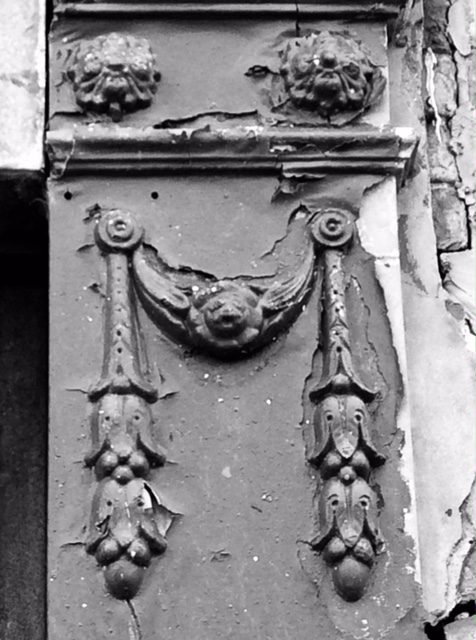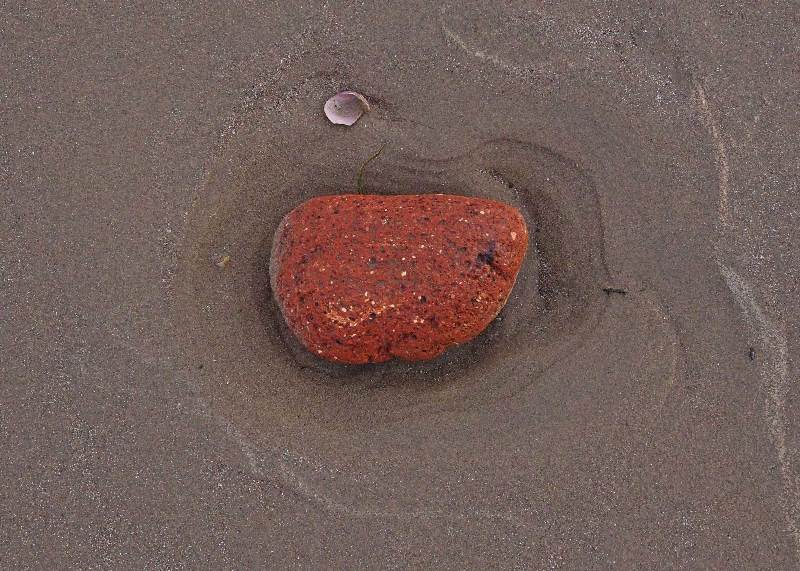Vulcan Street (On the Docks with my Grandfather, Seventy Years Apart)
/By David Lewis:
The road along the Liverpool docks used to flow with the loading and unloading of great cargoes, noisy with the constant bustle of wagons, horses, steam lorries and the trains that ran from the enormous goods stations to the docks. The streets behind held pubs, churches, engineering companies, shipping offices, workshops, forges. Over all hung a pall of soots and smokes from steam engines and roaring chimneys. On weekdays at least it was never silent, never still.
Today the docks are neglected and vulnerable. The goods stations have been demolished, leaving weedy cobbled footprints and buried rails. The Dock Road is a boundary between redundant docks and streets of crumbling, derelict warehouses, each one a poem, an essay in brick, soot and obsolescence. There are small businesses here, music spaces and hipster cafes, green shoots growing up between the cracks; but this is largely a place of ruined beauty and lost purpose, of silted iron doorways, towering brick walls, silences. I have been alone here many times, walking the wind through rust, the rain through windows, walking sunlight on stone; walking the iron whispers, the lost stations of the Overhead Railway. To walk these old places is to remember, and walking the visual memories of the city is inevitably an act of commemoration.
At the dust and ghosts of the Canada Dock Station I imagine my grandfather Vincent walking down the wide steps to the crowded noisy street one day in 1952. He is 48, ten years younger than I am now. He shifts his brown canvas tool bag from hand to hand and turns through the working, shouting bustle of the dock gates out onto the quayside. He worked all his life with wood. Out on the dock there is a hut to be repaired, or a fallen beam to be cut or moved, given a new purpose. Or perhaps he walks up a gangplank to a broken door or smashed panelling, maybe there are salt-warped frames to be straightened as a ship is loaded. I imagine a careful unpacking of clamps and gluepot, a canvas fold of nails and screws, valuable and counted against the day’s work. Vincent never lost his appreciation of wood and in old age he would run his hands gently over unworked timbers, unconsciously, the woodworker’s caress. His hands were like warm sandpaper.
On the Dock Road this grey day I am walking the wind through broken glass, meandering through a clatter and a scattering of pigeons. All day the road is silent. In his day the noise is unrelenting as he stops for some bread and cheese, an apple, a hand-rolled cigarette. Seventy years apart I eat a sandwich on the stump of an oily wooden beam on Vulcan Street, opposite the lost dock church of St Matthias. It is now a petrol station. Street cobbles are disappearing beneath sandy dust and fleshy wildflowers. His river city is fading beneath tyre graveyards and taxi-cab workshops, and yet the massive ruins have a smashed grandeur, a solid, precarious dignity. My grandfather lives on in my heart, but only as a smile, a face, as the memory of laughter, this man dead these forty years; in the ghost signs of lost businesses on the cold miles of these streets – importers, chandlers, engineers - I catch a glimpse into his world.
The light is failing, perhaps it is November. The air is thick with grease and smuts, the streets busy with cargoes loaded and unloaded, slow heavy trains, patient horses and their wagons. My city too is darkening, the light is closing these old streets down, and it is time to head back to the present day. In 1952 the golden pubs are roaring but through sirens and endings Vincent turns for home. He carries his canvas bag up the wooden steps to the station platform and waits for the train, dreaming of potatoes, sausages, a steamed pudding. Turns for home as the ship, warped panels straightened, slips from the river on the evening tide.
***
David Lewis has written five books of history/landscape/psychogeography about his native Liverpool and Merseyside. He posts urban/rural images on Instagram - davidlewis4168 - and mutters about the world on Twitter - @dlewiswriter




























